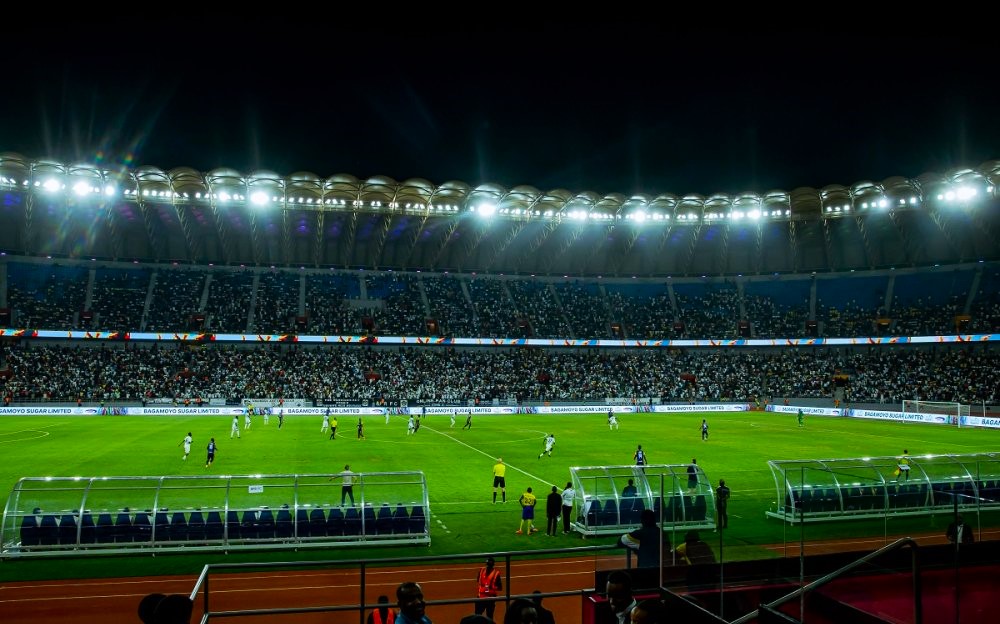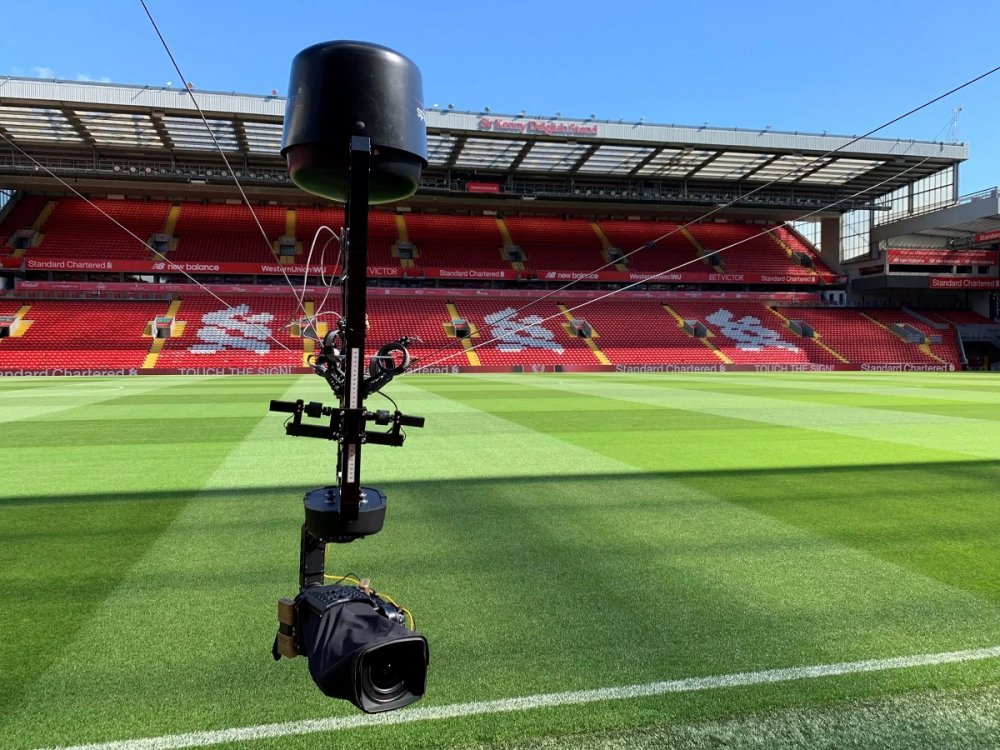
In early July 2024, Rwandans were excited to officially open the newly renovated Stade Amahoro, now brought up to international standards.
The stadium has already hosted five major events: the initial test match, the grand opening ceremony, the Liberation Day celebrations, President Paul Kagame’s swearing-in, and a match between APR FC and Azam FC.
These events were more than enough to see whether the stadium was truly up to par and capable of handling big events, even if they happened close together.
It also provided valuable lessons for those responsible for managing and maintaining the stadium, to ensure it lasts a long time—something Rwandans had eagerly awaited.
The Issue of the Turf Getting Damaged Too Soon
Anyone who watched the match between APR FC and AZAM FC—the first international game on this field—could easily see that the turf had taken some serious damage.
Someone familiar with the situation told us that the main reason the turf got damaged was simply because it didn’t get enough time to rest between events.
He explained, “This turf was made for football, but when you hold a bunch of events on it in a short time without giving it a chance to recover, it’s going to get damaged. Even if you don’t look after it during that time, it’ll still suffer.”
“You saw there were Liberation Day celebrations, and then the swearing-in ceremony right after that. It’s no wonder the turf got damaged.”
He added that even though this happened, they bought a special cover to protect the turf, which was used during the swearing-in ceremony.
“If we had that cover earlier, this might not have happened. But this situation has taught us important lessons about how to take care of the turf, including what treatments and maintenance are needed.”
Restoring the turf at Stade Amahoro to its best condition will take at least 30 days. The surface is made up of 70% artificial turf mixed with sand, where the grass is planted.
Going forward, the turf at Stade Amahoro will receive treatments to help prevent further damage.

The Spider Camera Isn’t Installed Yet
If you watch European sports, you’re probably familiar with that overhead camera that moves around the field on cables, known as the ‘Spider Camera.’
Stade Amahoro, being one of the top stadiums in Africa and certified by FIFA, was expected to have this camera. However, the stadium was opened before it was installed.
Reliable sources have informed us that the camera will arrive in Rwanda soon, as the related equipment is still being prepared abroad.
Someone with knowledge of the situation said, “The ‘Spider Camera’ is being made in a European factory. The installation depends on the size of the stadium. The camera itself is ready, but the cables and machinery needed are being customized for Stade Amahoro. It should be installed in a few months.”
In the near future, Stade Amahoro will feature the ‘Spider Camera,’ which is a common sight in major stadiums around the world.

Why the Sound Quality at Stade Amahoro Was Poor
During events at Stade Amahoro, the sound quality wasn’t great, making it hard for everyone to clearly hear what was being said, especially during major celebrations.
The sound system used for those events wasn’t actually the stadium’s own. Instead, it was rented from external service providers.
The sound system built into Stade Amahoro is really just meant for sports activities, like making announcements. It’s not designed for playing music or handling big events. It was specifically built to support sports activities.
In less than 15 days, Stade Amahoro will host another big game, where Rwanda’s national team, Amavubi, will play against Nigeria in the 2025 Africa Cup of Nations qualifiers.
The sound system at Stade Amahoro is only intended for sports activities.
please don’t get withaut comment below.






+ There are no comments
Add yours